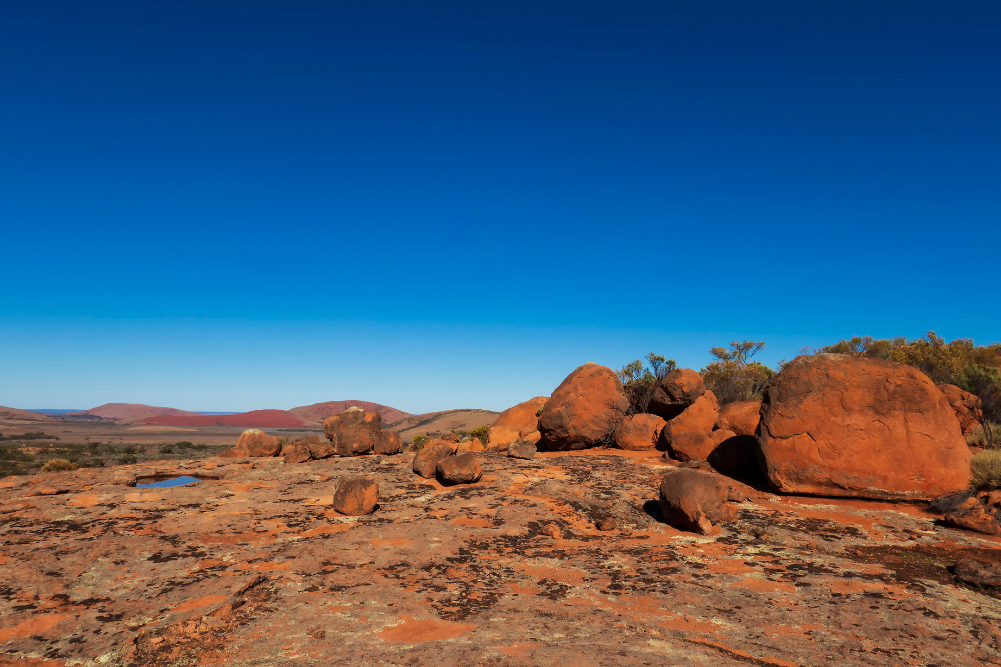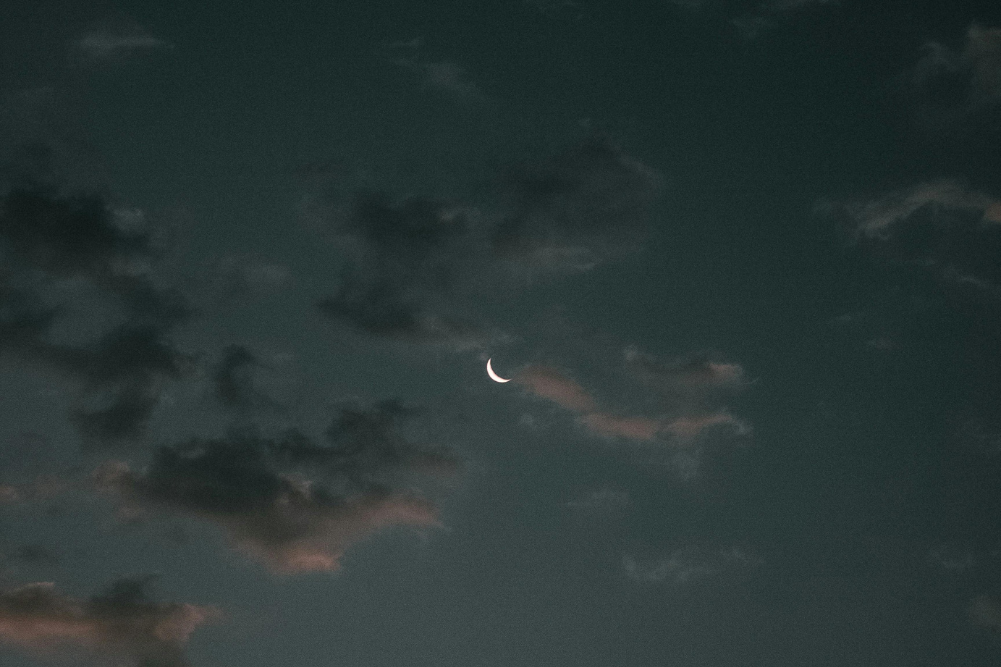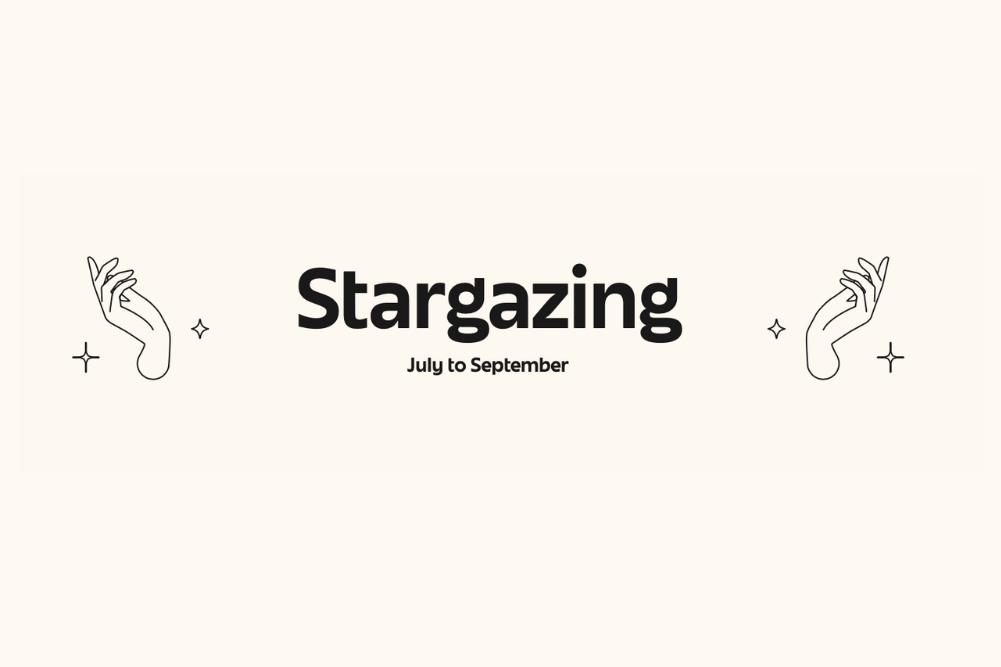Mars and Uranus are set to change life as we know it in 2022
The 2022 triple conjunction of Mars, Uranus and the North Node in August will shake up your life — but will it be for better or for worse? We take a look.
For just over thirty-six hours in late July and early August 2022, Mars, Uranus and the North Node, also known as Rahu, will share the same degree in Taurus, the 19th (18°). Although this rare triple conjunction has never happened in precisely the same way — which is normal for astrological transits — the ephemeris does offer similar past configurations that shed light on our current epoch. The last time Mars, Uranus and the North Node perfected three conjunctions between them near 19 degrees Taurus was in 324 BC, when Alexander the Great laid the foundation, via conquest, of the Hellenistic era.
The Sabian Symbol for this degree is “A newly formed continent”; a fitting expression of Taurus’s earth substrate and the longevity birthed from fixed sign influence. Throw in Uranus’ power of novelty, the volatile trigger of Mars, and Rahu’s sense of destiny, and this triple conjunction of 2022 strongly indicates that we’re in a new era of Alexandrian proportions — most definitely not in Kansas anymore. The upheaval triggered by 2020’s epic mutation conjunction of Jupiter and Saturn in Aquarius will be cemented for decades and centuries to come.
Planetary significations as a foundation
Uranus was the first planet discovered outside of the traditional seven planets. For millennia, astrologers had used only the five visible planets and two luminaries. Uranus overthrows that order, thereby becoming the quintessential modern planet. This is why astrologers have associated Uranus with the principle of change, rebellion, freedom, liberation, reform and revolution, and the unexpected breakup of structures; with sudden surprises, revelations and awakenings.
Astrologer and historian Richard Tarnas associates Uranus with the Greek God Prometheus, who stole fire from the gods and gave it to humankind so that they may be liberated from bondage and raised up to a higher state of existence.
Rahu is the head of the snake, and, according to Kamila Sutton, “Rahu and ambition go hand in hand.” Sutton equates Rahu energy to the wild, serpent like kundalini force that shoots up the spine and is best controlled through spiritual practice. Rahu is a head without a body. The mouth, eyes, and tongue are present, with no stomach to digest what’s taken in. Overexuberance and miscalculation result, as what’s ingested can’t be processed, broken down and integrated. Rahu, in a fever of desire, skips over difficulties with its intractable belief that nothing can go wrong.
Mars is associated with all kinds of challenging things like riots, chaos and destruction. Of the traditional planets, its significations most closely resemble those of Uranus. Mars breaks away from staid things. It opens new potentials with its force and vision. Astrologer of antiquity, Vettius Valens, encapsulates the Mars energy with two words; “action and troubles.”
The emergence of a decisive moment is also exceedingly Promethean. The fire stolen from the Gods resembles Mars; the red, flaming planet.
Impassioned actions, even if risky, taken in defense of others is Mars working at its best. Prometheus is known as the defender of humanity. Zeus failed to provide humans with sustenance and so Prometheus stepped in, asserting himself and fighting for the survival of others.
The myriad approaches to exploring a transit
There are various ways to explore the meaning of a configuration of planets. One tack is to look at pure symbolism. Uranus joining the North Node and Mars in Taurus would have us mixing the implications of those four energies. Uranus is unexpected shocks; Mars is explosive force; the North Node is a destabilising need for expansion; and Taurus, the fixed earth sign ruled by Venus, is saturation in bodily delight. Pulling these together we might expect our physical space — whether money, body or home — to experience unexpected, potentially volatile shifts centred on appetites for more.
A powerful method for exploring what might unfold when a planet enters a new zodiac sign or conjoins another planet is to ask: “What transpired the last time this planetary arrangement took place?”
Planets moving through the twelve signs are like the hands of a clock moving over the dial of a watch. We mark repetitions to realise patterns of manifestation. After all, this is the most basic definition of astrology: the movement of the heavens affects affairs on earth. If we want to know what Uranus in Taurus is like, we explore the last time it happened. In our case, Uranus was in Taurus last in the mid-to-late 1930s, a period that saw radical alterations of the landscape — political, social, physical and economic. From the middle of the Great Depression until the beginnings of World War II, nearly every nation and person experienced upheaval. We’re midway through the 21st century’s version of this same transit, and there’s no doubt echoes are reverberating. The coronavirus crisis and cryptocurrency are two examples of the kind of promethean overthrowing of the previously established.
We can take the North Node in Taurus, too. The last time this occurred was in the early 2000s, during a time when social media was just emerging in what would become a great force of reorganisation for most every kind of relationship. Facebook started at Harvard. Myspace was launched. The Human Genome Project completed its mapping of DNA on the same day the true North Node entered Taurus in 2003. Several countries joined the EU. This transit reorganised social and economic lives in a similar way to Uranus’ transit through Taurus in the 1930s, albeit much less destructively.
Layering multiple data points
The sky clock can be refined further. We can ask when was the last time before 2022 that Uranus and the North Node met in the 19th degree of Taurus? This happened in 1687, weeks after Isaac Newton published his revolutionary Principia Mathematica, a text that transformed physics and laid the mathematical groundwork for much of the industrial revolution. Uranus in Taurus is new approaches to resources and the environment. Rahu conjoined Uranus at this degree seems to time breakthroughs along these lines. Rahu is, after all, an eclipse point. That strange, divine, fated dynamic becomes part of the mix. Newton himself was a committed occultist.
To get even more precise regarding the historical similarity of a given transit, you can add in more planets. In 2022, we add Mars to the mix, joining Uranus and Rahu at 19 degrees Taurus. They’ll all be contained within that degree on the first of August, for about a day and a half. This hasn’t happened ever before (according to the searchable ephemeris within the Solar Fire software), but it’s come close.
The last time Mars, Uranus and Rahu came within a degree of each other in Taurus was 156 BC. The time before that, 324 BC. In fact, those two years are the last two times Uranus and Rahu conjoined while Mars was anywhere in Taurus. In 156 BC, over the course of a single week, these three planets perfected conjunctions in Taurus 13 and 14, but they were never in the same degree together like they will be in 2022. Even more closely aligned to the 2022 event, in 324 BC Uranus conjoined both Mars and Rahu in Taurus 18, and Mars conjoined Rahu in Taurus 19. Remember, in 2022, all three conjunctions perfect at 19 Taurus. So while not an exact repetition, 324 BC is the year to examine to understand the kinds of mundane significations that our 2022 event might reflect.
Cutting through the Gordian knot
Macedonian King Alexander the Great’s legend is larger than life. His exploits are well known. Historians say he and his armies conquered the Persian empire and laid the foundations of the Hellenistic world, a place in time where much of our western astrological system was born. The last time Mars, Uranus and Rahu were as close as they’ll be in 2022 in the same part of the zodiac, late in the second decan of Taurus, Alexander cemented his empire by winning battles in the land that is modern-day India and Afghanistan. This was 324 BC. These victories pushed the edge of his conquests into India and set up the transfer of astrological ideas from the Greek speaking world into the Indian subcontinent. Texts written in Greek and then translated in Sanskrit, for example the Yavanajātaka, helped create a synthesis of astrological ideas that remains alive to this day.
The story of the Gordian knot is emblematic of the Uranus, Mars and Rahu combination. In the ancient Phrygian capital Gordium there was a knot so tightly wound and large that, as legend had it, anyone who could untie the knot would go on to rule all of Asia.
A knot is made by entangling rope constructed from plants, the earth element, and is stuck in place. A knotted rope calls to mind Taurus, our fixed earth sign. When Alexander was confronted with this problem, he was at first perplexed. Then, as several of the retellings go, he realised he could simply use his sword to cut through the untieable knot. Problem solved; Uranus, the planet of breakthroughs and surprises combined with the sharpness of Mars and the thirst for expansion of Rahu. Even though these events are said to have happened several years before 324 BC’s triple conjunction, it’s nevertheless emblematic of the ingenuity of expansion and surprise that fueled Alexander’s epic reign. Alexander died three years after Mars, Uranus and Rahu’s conjunction, but the lands he conquered remained largely under the same umbrella for hundreds of years. He effectuated a new political era for much of Europe and Asia, serving as an example of how fate unfolds when Rahu gets involved.
Living through the Great Reset
Like in Alexander’s time, the triple conjunction of Mars, Uranus and Rahu in 2022 is one of several astrological markers that indicate we are now entering a new phase of empire; a destruction of an old way of life and the ushering in of another by means of what the World Economic Forum (“WEF”) has called “The Great Reset”.
Keep in mind, we’ve just crossed into a new age of air brought on by the true Jupiter-Saturn conjunctions now fully taking place in air signs until 2159’s conjunction in Scorpio. Our last age of air in the 13th and 14th centuries saw the rise of the Mongol Empire across Eurasia. This Pax Mongolica and its government structures were responsible for creating some of the largest trading routes the world has ever seen. Even more, Jupiter and Neptune will conjoin in the last decan of Pisces in April 2022, which hasn’t happened there since 1204, two years before Genghis Khan began his reign. These long-term astrological patterns confirm that we’re entering a new era with new laws and new power structures.
Klaus Schwab, the founder of the World Economic Forum, writes about this budding future. He and other elite powers have been anticipating a fourth industrial revolution. The coronavirus crisis has accelerated the pace of these reforms. In his own words, Schwab describes the goals of this model of governance, calling for a swift revamp of every aspect of human affairs:
“To achieve a better outcome, the world must act jointly and swiftly to revamp all aspects of our societies and economies, from education to social contracts and working conditions. Every country, from the United States to China, must participate, and every industry, from oil and gas to tech, must be transformed. In short, we need a ‘Great Reset’ of capitalism.”
Schwab is joined by the biggest multinational corporations and institutions in this goal of a complete alteration of society. At its best, the new era may capture the upsides of the Hellenistic period, fostering the exchange of ideas and the sharing of technology. It will move the collective experience ahead.
The nativity of the WEF includes Mars in Taurus, six degrees from where Mars, Uranus and Rahu will conjoin in 2022. It also has an Aquarius stellium, so that the Saturn-Jupiter conjunction in early Aquarius on the winter solstice 2020 was near the World Economic Forum’s Sun and Venus. The WEF website describes the fourth industrial revolution as “a fundamental change in the way we live, work and relate to one another.” It’s an explosion of novelty that will merge the biological, physical and digital worlds, just the kind of changes Uranus in Taurus likes. Add Rahu (fate) and Mars (acceleration) to Uranus and it’s no surprise 2022’s triple conjunction of these planets reflects a move into a novel structure for how civilisation will thrive in the new millennium and beyond.
Words: SJ Anderson








